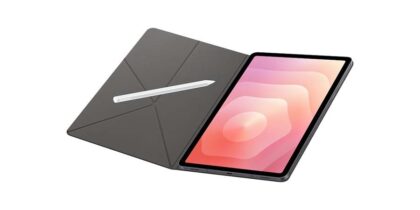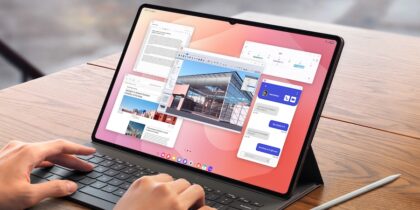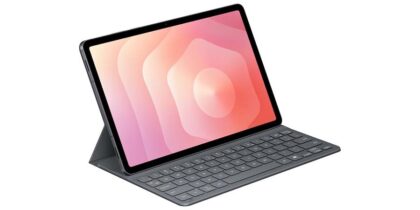The always-connected shopper has transformed the retail experience, as well as their own store-level expectations. The biggest change: shoppers expect to receive their desired merchandise when and how they want it. But this new consumer expectation for instant gratification introduces a greater risk for disappointment when an item is out of stock or on back order. The omnichannel experience clearly requires a new level of retail inventory management, one that can now be controlled at the store level through the use of mobile solutions. This is the evolution of mobile inventory management.
The omnichannel business model makes retailing more complex than ever. It requires retailers to carry a large number of stock-keeping units (SKUs), some of which are available online only, which further complicates internal processes. In order to create a truly seamless shopping experience, retailers need to integrate online and in-store processes and work towards a real-time tracking system that gives shoppers access to the specific merchandise they desire.
The Mobile Inventory Movement
Interest in mobile inventory management continues to grow. Approximately 80 percent of retailers plan to increase spending on their mobile initiatives by more than 20 percent this year, according to the “2015 State of Mobile Retailing Online,” a report from Shop.org and Forrester Research. Attracted to increased solution capabilities, technological availability and dropping price points, retailers are eager to integrate mobility into mission-critical strategies at the store level. Specifically, they are adopting smartphones, tablets and other robust handheld options to transition traditional cashiers into brand ambassadors who can create relationships with shoppers, deliver customer service and drive sales.
One key application driving this relationship is inventory management technology, which is critical to ensuring a retailer can provide the optimal amount of available merchandise when the shopper is ready to make a purchase. This is a mission-critical system enabling retailers to monitor product levels from an enterprise perspective, as well as specific channels, stores or fulfillment centers. The last thing a retailer needs in this always-on business model is a blurred view of its assets. Yet it remains a constant challenge, even in today’s marketplace. It’s a problem that can contribute to product overstocks, which take up valuable space on the sales floor and tie up precious capital, or low stock during busy seasons, which could drive once-loyal consumers right through the doors of a competitor.
Empowering Associates With Mobile Inventory Management Technology
As shoppers become more comfortable with digital touch points, especially their own smartphones and tablets, they’ll have more information into inventory levels than even store associates. It’s up to retailers to give their associates access to the same information at the store level so employees can best serve customers and encourage purchase decisions. Savvy retailers are differentiating themselves in the competitive marketplace by providing associates with their own connected mobile solutions. By combining inventory management with mobile solutions, retailers are creating a new level of inventory management that could change a retailer’s reputation and differentiate them in an increasingly competitive omnichannel world.
This is a move that empowers the store associates and allows them to engage with shoppers personally. By encouraging associates to access inventory systems on tablet devices, they can see product details, view merchandise levels across the enterprise and give shoppers specific insight into their desired colors and sizes. In the event their location does not have an item in stock, sales associates can order merchandise from an alternate location to secure the sale.
Samsung is making this task even easier with its family of smartphones and tablets, all featuring the power and portability required to increase productivity and customer engagement. By incorporating business apps, such as inventory management, into ruggedized Samsung tablets, retailers can keep front-line staffers productive, enabling them to uphold their brand ambassador status by using the tools to monitor merchandise data, all while staying in front of the customer.
Combined with compatible accessories from partners like Koamtac, which offers Bluetooth barcode scanners, Samsung tablets are also becoming a next-generation inventory tool for retail managers. By using an embedded barcode reader, for example, managers now have a convenient way to check stock information, pinpoint stock locations throughout the store and even request inventory updates or order additional merchandise.
As the always-connected shopper continues to enter retail stores with more inventory information than ever before, retailers must adopt mobile solutions to uphold a truly engaged and informed retail experience. By integrating mobile inventory management apps to these rich, portable devices, retailers are creating brand ambassadors out of associates who are more successfully driving customer loyalty, in-store purchases and becoming the hero of “save-the-sale” opportunities.








